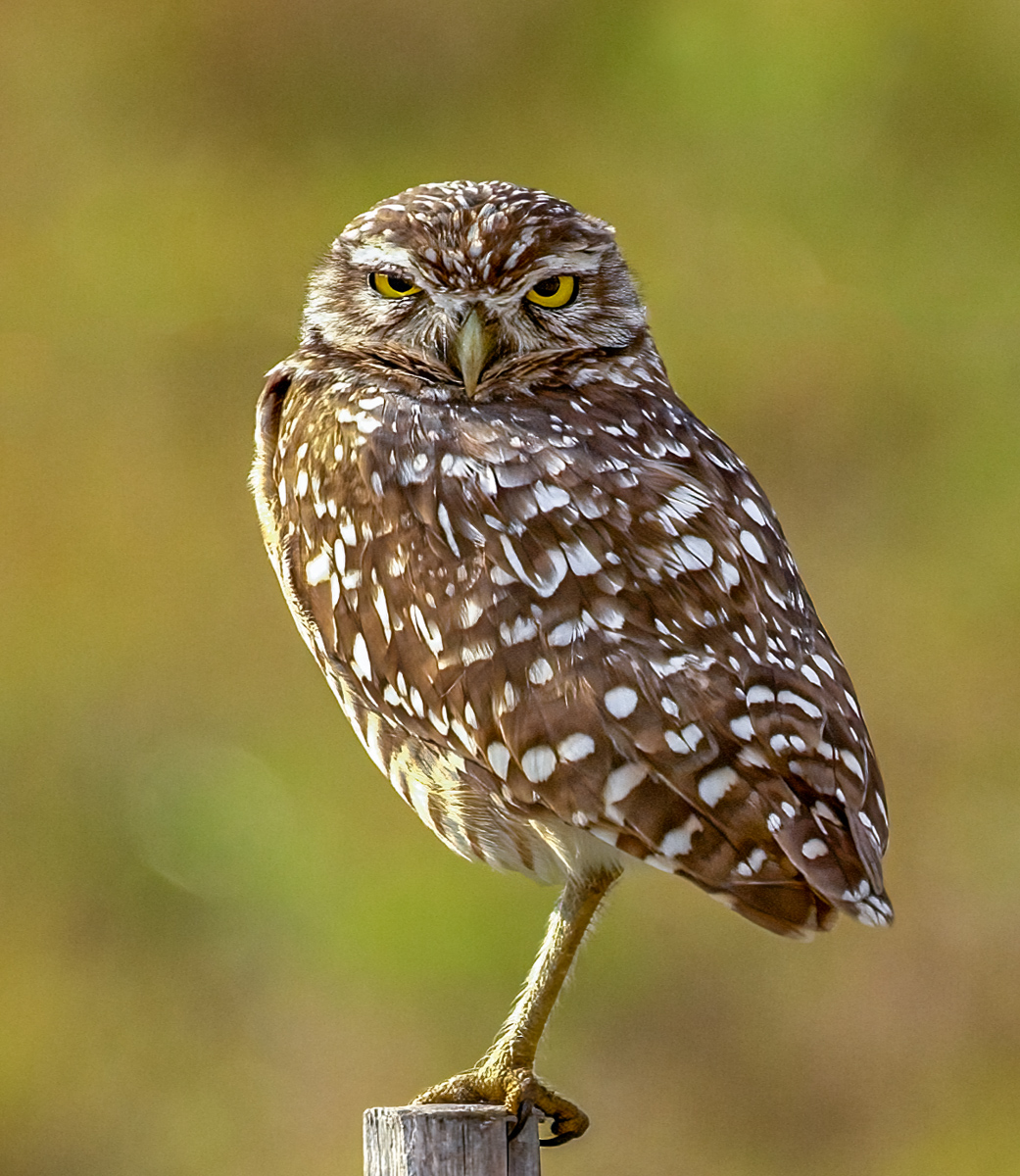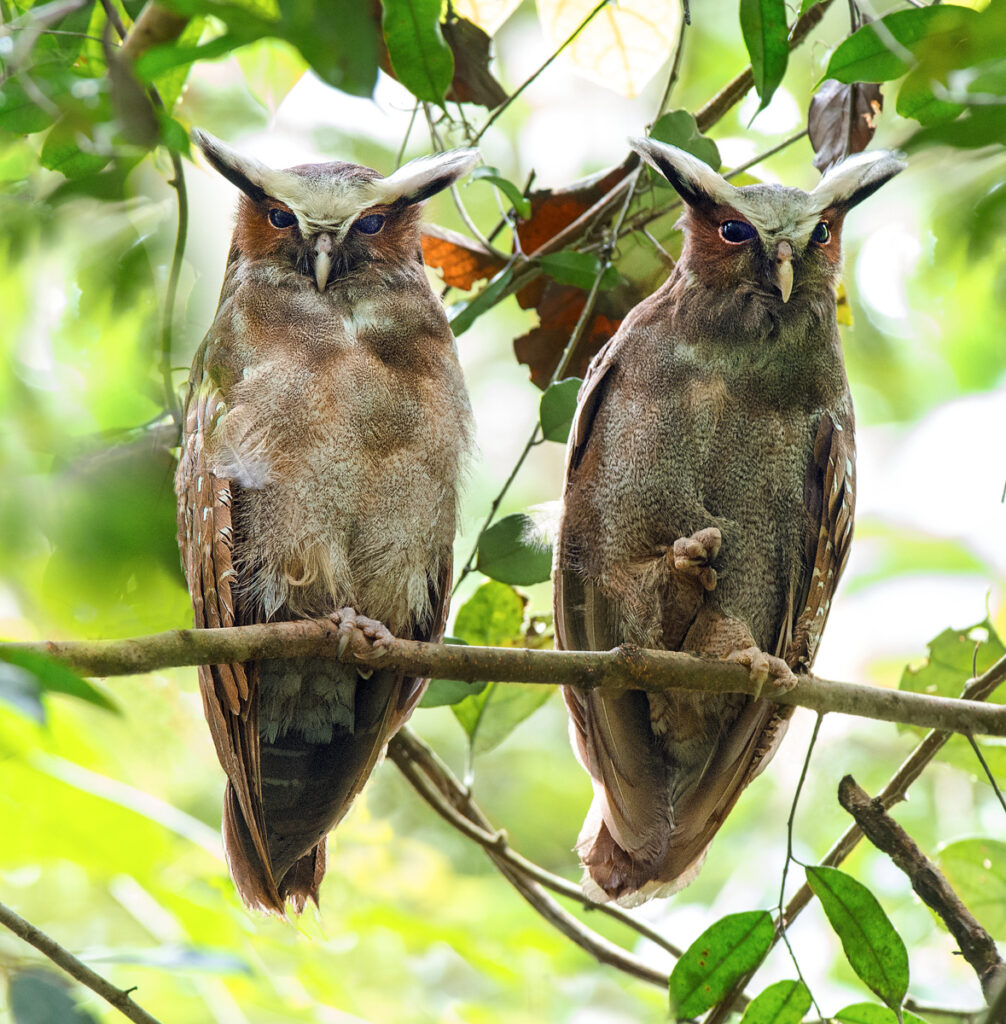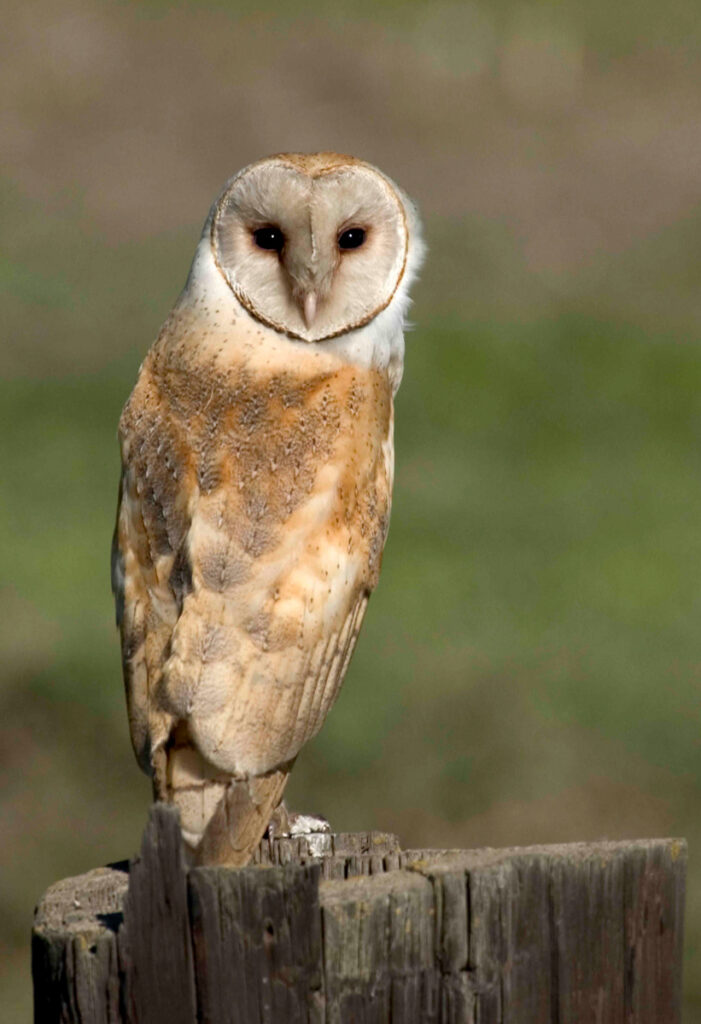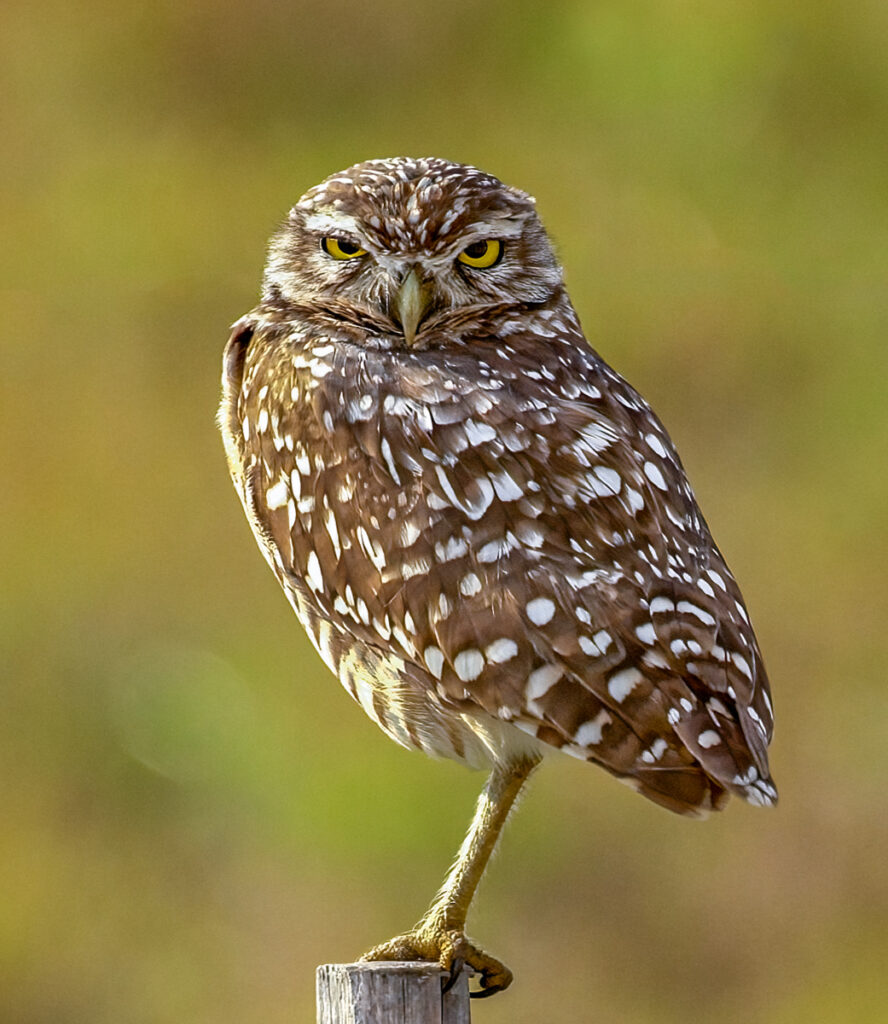
Owls are fascinating creatures, very distinct from other birds for two main things: those round, flat faces and assassin-like hunting behavior. Many of us associate owls with moonlit nights when we are fast asleep but if we were to go out and watch them hunt, we should notice one thing, or rather, the absence of one thing – we can never hear them.
There are around 250 species of owl in the world ranging in size from just six inches tall with the Elf owl to the Great Gray owl which can reach up to 84 inches tall. Their hunting prowess is legendary, remarkable when you consider that many species do so at night. One tip to know if owls are night, dusk, or day hunters is to look at the color of their eyes – the lighter orange or yellow they are, the more adapted they are for hunting in the day; think yellow = sun.

But the most exceptional thing about owls is their ability to fly silently which is possible because of a few factors: highly specialized feathers, wing shape, and their anatomy.
Owls have unique feathers – a comb-like structure on the leading edge, and a finer fringe-like structure on the trailing edge. This arrangement breaks up airflow as it passes over each feather, reducing turbulence and sound.

Among the various species of owls, the Barn Owl is perhaps the most well-known for silent flight as it has been studied the most. Using hypersensitive microphones, researchers recorded various birds in flight and compared their results. Unsurprisingly, pigeons were very noisy flappers, but barn owls were undetected. As their wings are broad, this shape helps them navigate through the air with minimal noise and glide for greater distances. Long primary feathers also distribute weight evenly across each wing to further minimize turbulence.
The Great Horned Owl is one of the largest and most powerful owls in North America, but despite its size, it too is a master of silent flight. Like the barn owl, the great horned owl has those unique comb-like feathers. But while this owl has a large body, it has a wingspan to match. During those sound experiments, kestrels were also studied, predators who you would think could benefit from being on the quiet side. However, falcon wings are adapted for high-speed flight, so even though they make a noise as they approach, it doesn’t matter because it is so quick. Large owls like the great horned owl have a huge wingspan which means they can carry their large bodies in a slower controlled flight by gliding very long distances – this also means very little turbulence.

Turning to South America, here we find two other species of owl whose hunting success relies on their stealth during flight – tropical forests harbor Crested Owls, and dry open landscapes are home to Burrowing Owls. As well as the remarkable feathers and wing shape, both of these species also clearly exhibit one other factor that helps all owls move through the world with not even a whisper – their faces.

The large, round heads that are typical of owls are fronted by something called a facial disk that is surrounded by more unique feathers called a ruff. As air hits the flatter surface of an owl’s face it is pushed straight out in all directions and then funneled through those small spiky feathers at the edge. Not only do these also help to disrupt airflow, but they absorb and redirect sound waves. Owls have asymmetrical ear openings, so when these sound waves reach the edge of the facial disk, a sonic “picture” of the landscape ahead fills the owl’s ears, allowing them to pinpoint the location of any animal moving through the undergrowth with remarkable accuracy. Being able to detect prey in utter silence is critical for owls. Looking at the crested owl, you would be forgiven for thinking that those ear tufts may impede a silent approach, but they too have fine-comb edges and help stream air soundlessly towards the ears. Burrowing owls differ from most other owls in that they have short and rounded wings; however, the ratios are the same – turbulence is almost non-existent as they hunt for their prey, which they can kill both on the ground and in the air, making them versatile predators.
Round faces, specialized feathers, and a wingspan to match the anatomy ensuring they can glide across admirable distances – each of these factors changes the way air flows around and over these remarkable birds as they pass through the world on their deadly quest for food – silence is indeed golden if you are an owl.


